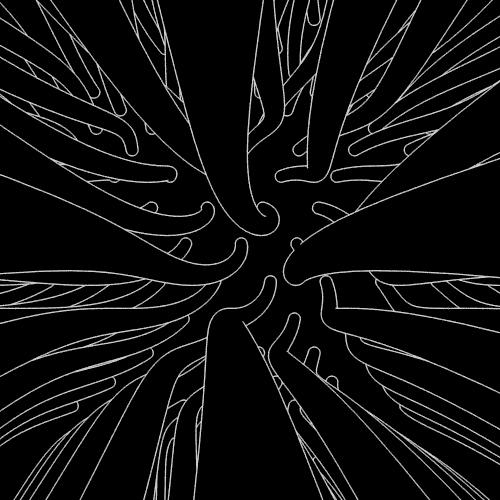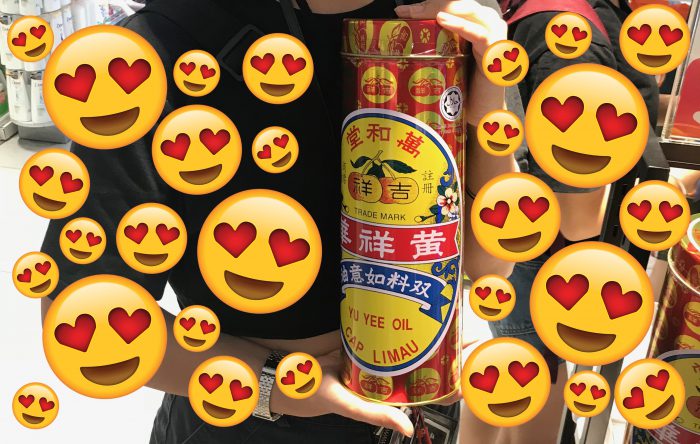Mnemosyne Mnemosyne (aka Lamp of Memory or Ricordanza) by Dante Gabriel Rossetti (c. 1876 to 1881) image from here
Mnemosyne (aka Lamp of Memory or Ricordanza) by Dante Gabriel Rossetti (c. 1876 to 1881) image from here
Mnemosyne is the Greek Titan goddess of Memory and Remembrance. She is tasked with the responsibility of watching over Hades’ Pool of Memory. Drinking from this sacred pool allows for one to recall the people and events of the past, as opposed to drinking from the river Lethe
Mnemosyne also possess a “magic mirror” that allows the viewer to see further back beyond their own memories into the distant past into the lives of their ancestors.
Mnemonic Devices

Mnemonic devices are techniques used to improve one’s ability to remember information.
Some basic mnemonic techniques include Music, Acronyms, Expression, Model, Rhyme, Note Organization and Image
Music
Music can be used as a form of “shortcut” to remember certain information. This is a technique used frequently in pre- and primary school education. I remember very well listening to the adaptation song and photosynthesis song in primary school science class.
Quite often, advertisers make use of the way we memorise song lyrics, to remember their products through the repetition of catchy and sometimes even annoying jingles. One such example is the “Train is coming” song used in MRTs a few years ago.
Model

Image from here
Separately, model mnemonics are used to represent information in the form of a pyramid, pie chart or Venn diagram.
Image

image from here
Another example of a mnemonic device is Image. Most people use visual imagery to memorise pieces of information. There are various different ways to utilise image to recall information; one of which is the method of Loci. The method of Loci requires one to recall a place which they are familiar, such as a house, and using different rooms or objects to symbolise different information.
One other way of committing something to memory is through amusing image mnemonics. As a child, I had quite an issue with the spelling of the word “tortoise”, but after reading Roald Dahl’s Esio Trot, I associated the word with the character of Esio Trot and his name is quite literally the reversed spelling of “tortoise”!
Olfactory
Above I’ve linked a video of a perfumer, Holladay Saltz’s TED talk on smells. Here are some key notes I have taken away:
- Although humans have fewer olfactory genes in relation to animals, our sense of smell is fairly advanced
- We process smells with our limbic system, where long term memories and emotions are stored instead of our cerebral cortex where we process thoughts and judgements
- While we may not notice how big a part our sense of smell is, marketing companies for products like detergent are.
- Some smells we relate to more abstract feelings are:
-citrusy smells with cleanliness
-sweet, fruity smells with comfort
-floral smells with feminine, maternal love and care - Smells used in specific spaces can also affect our behaviour
e.g. smells of citrus that associate us with cleanliness may lead us to behaving more morally generous - Consumers are more likely to be accepting of products that smell familiar
- “Just like industrial processed food, we are being marketed and sold industrial processed smells”
- Scent marketing is a sub-conscious way of using scents to alter, affect or enhance the customer’s experience
- The way people perceive scents are subjective to their personal experiences
- Combining scents with visual marketing strengthens our memory of products
- Scents used in commercial space can change the way we perceive what we are looking at
E.g scented environments may result in consumers staying for longer, perceiving the merchandise as better and increasing their willingness to spend more as compared to aroma-free ones - Museums sometimes use scent-scaping to intensify the viewer’s experiences
E.g. using the smell of gunpowder in a civil war exhibit
Scents + Mindmap
Pleasant smell


image from here
A scent I associate with pleasant memories is the distinct aromatic smell of Yu Yee Oil/Cap Limau. I’m pretty sure many Chinese, if not all Singaporean, people would have had some experience with this unique traditional ointment. My parents/grandparents would use this on my belly as a child if I was bloated and it would give me such a sensation of relief and warmth.
gif from here
gif from here
I felt like it was pretty hard to draw how I felt the smell looked like in terms of shape as I also wanted to capture the movement it had, so I decided to use some GIFs to replace the drawings.
To me, the smell of Yu Yee Oil is one that is rounded/spherical but textured (perhaps with small spikes) as when the smell first hits you, its pretty sharp, but over time the edges wear off into something smoother. The GIFs represent the dynamic nature of the smell, where it spreads and moves pretty quickly and even from a grater distance. Also, I felt that the second GIF is pretty accurate as the continuous movement can also be associated with a soft pulsating warmth that you feel with the ointment on the skin.
Unpleasant smell
image from here
For my unpleasant smell, I relate it with Rexona’s deodorant.
Last year, then I was living with my best friend abroad, we shared this deodorant and I remember every time she used it I had to hold my breath or cover my nose and mouth because the scent was so suffocating I felt like there was a coat of deodorant over the insides of my throat. Additionally, we lived in a really tiny apartment where there wasn’t any space at all for me to escape from the sharp pungent scent and I would get so annoyed and sometimes even mad about (sorry Nicolette!!!) 

reviews from here
I thought I was the only one who felt this way about the deodorant but turns out I wasn’t!

gif from here

gif from here
So, for this smell, I imagine it to be a transformative shape, with hard defined edges that explode out in spikes, as it is the visual image I get when the deodorant is sprayed from the aerosol can. The second GIF demonstrates its movement, that it spreads quickly to every corner of a room and the GIF makes me feel claustrophobic, similar to the way the smell suffocates.
Plastic Art research

“”Hokusai’s Great Wave” by Bonnie Monteleone, 2016 (right) reimagines a classic 19th Century painting “Kanagawa-oki nami-ura” by Katsushika Hokusai (left) for modern times.” –Ingrid Sinclair via here

Just So, 2002, 28 clear glass bottles with white plastic screw caps, distilled water, food coloring by Tony Feher. Image from here
In an effort to shed light on our throwaway culture, Tony Feher creates his art pieces by arranging used bottles, jars and packing materials.
Adidas X Parley Shoes, made 100% out of recycled plastics. Image from here
This shoe was created by turning ocean plastics into “technical yarn fibres” that can easily be integrated into products.

Furniture designed for children using 100% recycled plastic waste from unused toys by ecoBirdy. Image from here




This Plastic is the New Black, photography series by Tomaas. Images from here.


Precious Plastic, DIY machines that recycle plastic into objects, created by Dave Hakkens via here


Such clever use of GIFs! Love it!